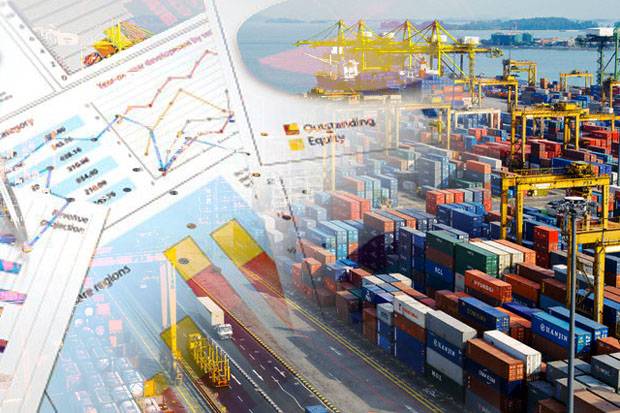Export Market Diversification For Prosperous Indonesia
Author: Nurul Karuniawati *)
Every trade opportunity will determine a nation’s economic growth. Therefore, economic growth is a priority for national development goals. As a priority, economic growth can be encouraged through increased domestic consumption, increased exports, and increased investment. Increasing national exports has a very strategic role to be able to encourage national economic growth which has a direct impact on people’s prosperity. The development of non-oil exports, both goods and services, is basically a short-term mainstay for economic recovery, and is a medium to long-term priority to continue to spur national economic growth, through increasing foreign exchange earnings, expanding employment, and utilizing domestic resources.
For this reason, in order to increase national exports, policies and measures taken are prioritized for export market expansion to prospective markets by intensifying promotional activities, increasing access to information to businesses, product development, empowering export institutions, strengthening export cooperation, and increasing the capacity of exporters to enter the global market.
The strategy of increasing exports is carried out through increasing the competitiveness of regulatory and facilitation aspects, increasing competitiveness through downstreaming and import substitution, as well as infrastructure, trade and promotion security. The strategic target to be achieved is the increasing diversification of the export market through the implementation of trade promotion activities and the provision of books containing market information in the form of market intelligence and market briefs. The provision of this information is one of the efforts made by the Government in the hope of increasing the understanding of exporters to the export market, which in turn leads to an increase in the diversification of the export market. In 2014, the concentration of exports in the five main export markets (CR5) reached 47.39% with the growth of non-oil exports in the year showing a figure of -2.64%.
Furthermore, increasing the diversification of export products was taken by increasing the contribution of commodity exports outside the 10 main products to the total non-oil and gas exports. Increased diversification of products in Indonesian Image Enhancers and Export Products as an effort made by the Government to build and maintain the perception of a country holistically. Besides that, the image formation of a country, both internal and external, is based on the values and positive perceptions that are owned, so as to get a position among other countries in the world. The perception of a country by other countries can contribute significantly to business, trade, tourism, even to relations between diplomacy, culture and other interstate relations.
Efforts to diversify the export market launched by President Joko Widodo have yielded satisfying results. According to Indonesia’s trade performance it is projected to continue to improve along with the economic recovery in the main export market countries by looking at the Central Statistics Agency (BPS) data, the value of Indonesian exports in January-August 2017 reached USD108.79 billion, an increase of 17.58% over the same period in 2016. While non-oil and gas exports reached USD98.77 billion, an increase of 17.73%. President Joko Widodo (Jokowi) appreciated the increase in Indonesia’s foreign trade as a fruit of cooperation between private exporters, the business world, and the government, and the incessant development of infrastructure and connectivity in the past three years. The rise in Indonesia’s ranking in the global competitiveness index to position 36 also adds to optimism about improving the economy and trade. In order for exports to continue to be boosted, President Jokowi reminded businesses and exporters to pay attention to product standards and quality, conformity of specifications, and timeliness of delivery of goods, and asked related parties to find solutions to raw material problems and logistical obstacles which caused prices of products to be less competitive.
*) Student of Udayana University
